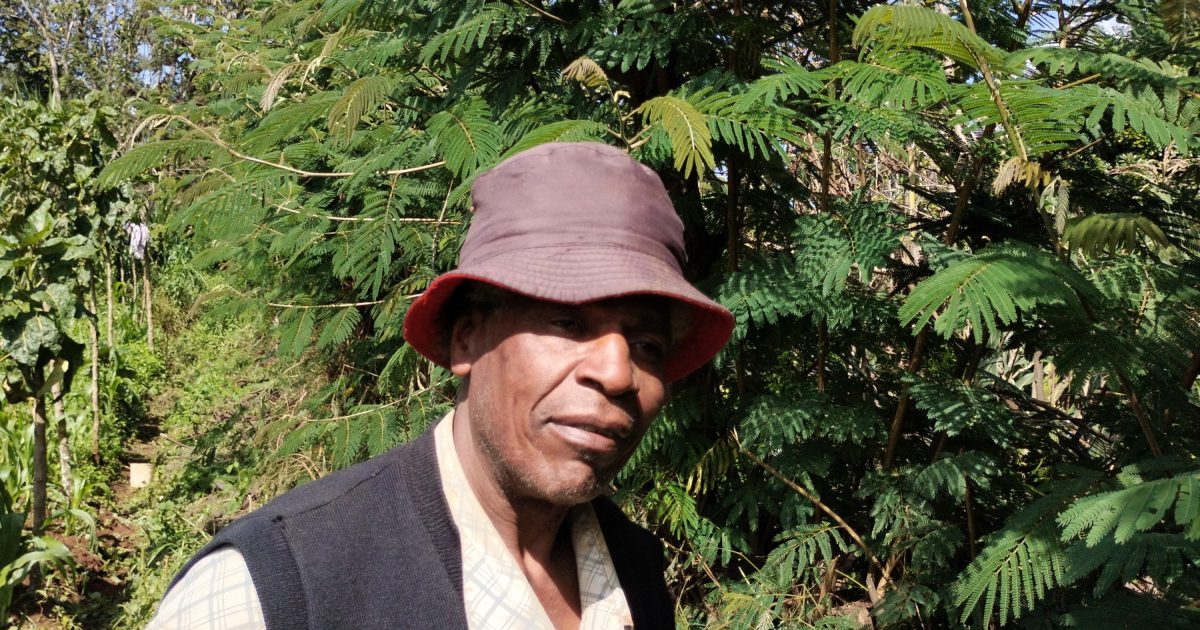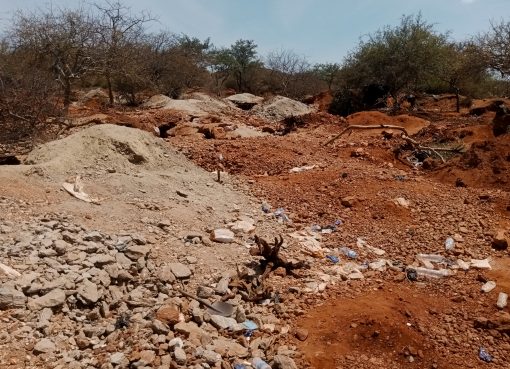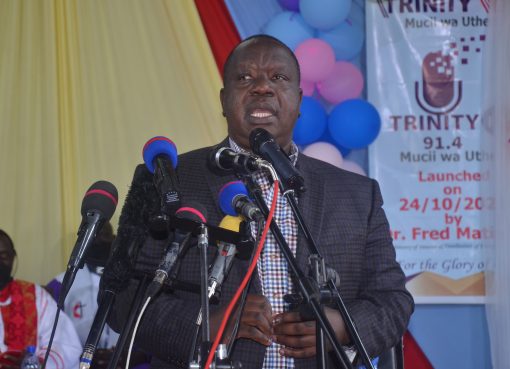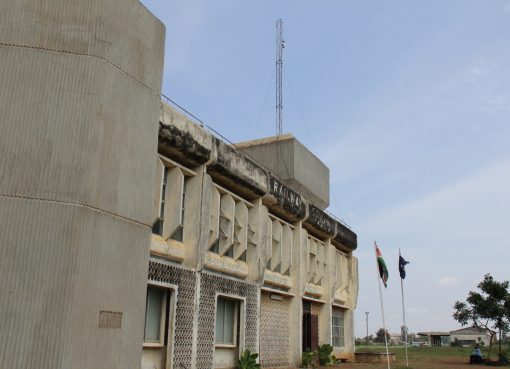Agroforestry, an integrated land-use management approach combining agriculture and forestry, offers many benefits that go far beyond conventional farming practices.
By embracing the harmonious coexistence of trees, crops, and wildlife, agroforestry showcases its potential to create sustainable ecosystems, protect endangered species, and ensure a greener future for all.
As the world marks the World Environment Day whose theme is, “Land Restoration, Desertification, and Drought Resilience” today, Mr Wilfred Mwaura a retired teacher from Kiambu County has embraced agroforestry as both a means of conserving the environment and generating income.
“I retired from teaching in 2015 and unlike many retirees who choose to remain in the city, I opted to relocate to my rural home in Githiga,” he said
Mwaura who was trained by Community Sustainable Development Empowerment Programme (COSDEP), a registered non-governmental organisation (NGO) on agroforestry under the theme “Tree for the Future,” explains to this writer that his training has not only seen him cultivate indigenous trees but has become a leading advocate for the trees.
He says he supplies the trees to various institutions and individuals adding trees have many benefits including providing timber, fuel and fodder for animals.
One noteworthy tree in his collection is Trichandra, with over 40 of them thriving on his farm and stands out due to their versatility. This tree, he says has been used as a shade for coffee, generally in frost-free highland-tropical locations and its lopped leaves and twigs can be applied too as green manure. Mwaura says that he uses it for firewood, animal fodder, and fertiliser. “Its multiple uses make it an ideal tree for any farmer, ” he adds.
“The leaves of Trichandra serve as fodder for my animals, while I use the branches for fuel and fencing within the compound,” he continues.
Operating a nursery that primarily propagates indigenous trees for sale to other farmers and institutions, Mwaura has taken agroforestry to a new level.
His compound boasts of fresh air and an array of shades, all thanks to the trees he has planted and all this milestone he attributes to COSDEP, which played a crucial role in teaching him the importance of agroforestry and its impact on the environment.
COSDEP’s involvement has been vital in ensuring the certification of the farmer’s nursery, promoting agroforestry in the region with officials from the Kenya Plant Health Inspectorate (KEPHIS) visiting Mwaura during the interview to consider certifying his tree nursery.
Beyond tree planting, Mwaura benefits from COSDEP’s provision of vegetables such as amaranth, Chinese cabbage, kale, onions, and pepper, all grown organically.
The leaves that fall from the trees, he added, have not only been acting as a natural fertilizer, enhancing crop yields, but he utilizes them to produce organic fertiliser. He says he sell the surplus organic fertiliser to other farmers.
In Limuru, John Githinji has also been practicing agroforestry for years, thanks to COSDEP’s efforts in advocating for a safe environment.
Githinji has grown various indigenous and fruit trees, including avocados, apples, and palms with the guidance from COSDEP on efficient land use. COSDEP training, he adds has been invaluable for him and fellow farmers with limited land.
Another COSDEP beneficiary Anthony Muchiri credits this initiative with significantly increasing forest cover. “The intercropping of trees in coffee and tea plantations provides shade during the hot season, ensuring consistent productivity even in drought seasons,” Muchiri explains.
Muchiri leads a community-based farmers group through the Kiambu County based Institute for Culture and Ecology (ICE) initiative. ICE purchases seedlings from the group, distributing them to members and organizations for growing.
Indigenous Trichandra is used as a minor food crop as its pods are edible. However, the tree’s more preferred species are unavailable.
Kenya aims to abate up to 4.1 Metric tons of carbon dioxide equivalent (MtCO2e) by 2030 through implementing agroforestry on over 281,000 hectares between 2015 and 2030.
Agroforestry is important in the country because it improves food security, conserves soil and water resources, mitigates the effects of climate change, and provides farmers with extra revenue streams.
Today’s national celebrations to commemorate the World Environment Day are being led by Ministry of Environment, Climate Change & Forestry Cabinet Secretary Soipan Tuya at the Embu University in Embu County.
By Wangari Ndirangu





